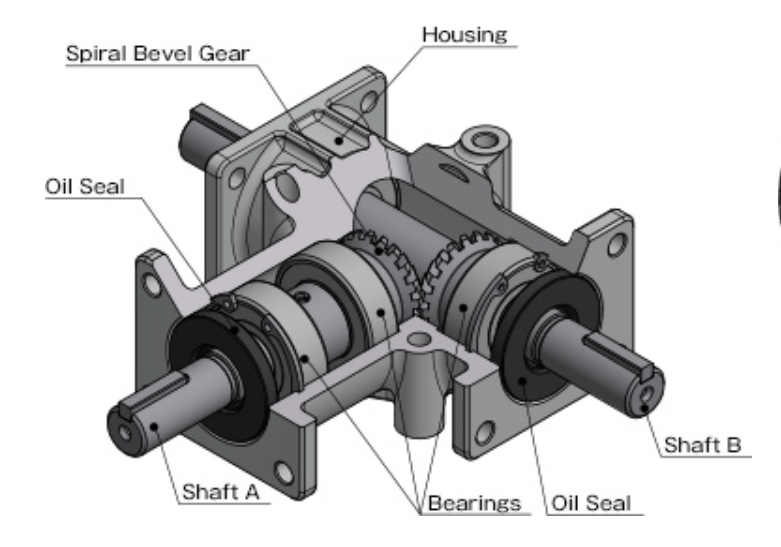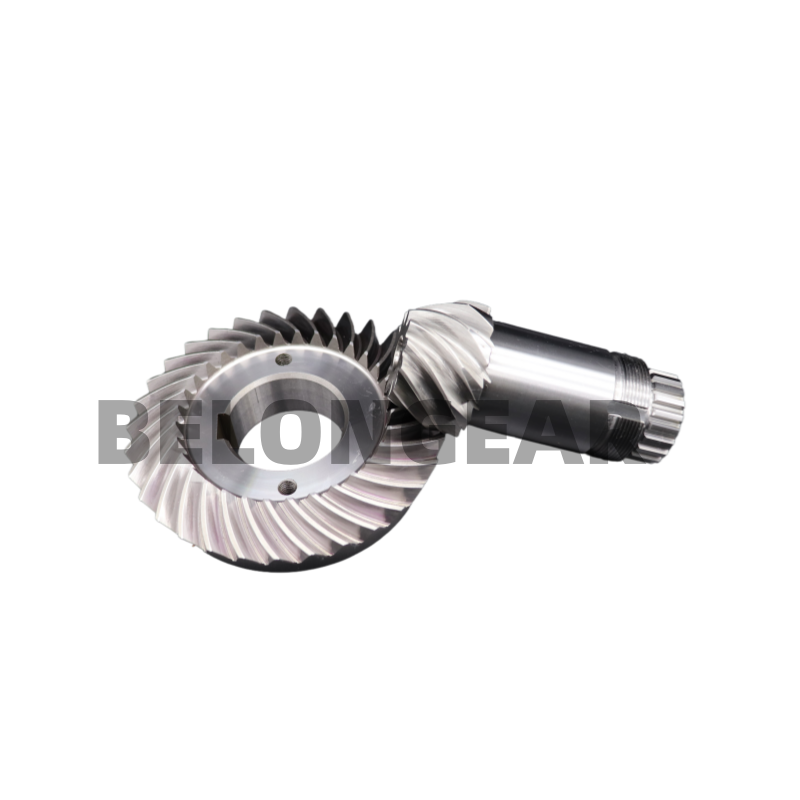Gears are the foundation of modern power transmission systems. They ensure smooth torque transfer, precise motion control, and long-term reliability in industries ranging from automotive and aerospace to robotics, mining, and renewable energy. However, even the most precisely manufactured gears are subject to failure when exposed to extreme loads, poor lubrication, or inadequate maintenance. To design and operate more reliable systems, engineers must understand the common gear failure mechanisms and their root causes.

1. Tooth Bending Fatigue
One of the most frequent failure modes, tooth bending fatigue occurs at the root of the gear teeth due to repeated cyclic loads. Cracks start at the root fillet and gradually propagate until the tooth breaks. Proper design, material selection, and heat treatment are critical to minimizing this risk.
2. Contact Fatigue (Pitting and Spalling)
Pitting is a surface fatigue phenomenon caused by repeated Hertzian stresses. Small pits form on the tooth flank, leading to rough surfaces and increased vibration. Spalling, a more severe form, involves larger surface flaking that significantly reduces gear performance. High quality materials and correct surface finishing can delay these failures.
3. Wear
Wear is a gradual material loss from the tooth surface, often due to contamination in lubricants or poor lubrication practices. Abrasive particles accelerate surface deterioration, increasing backlash and reducing efficiency. Effective filtration systems and clean lubrication are key preventive measures.
4. Scuffing and Scoring
When lubrication fails under high load and speed, scuffing occurs as tooth surfaces weld and tear apart. Scoring is a related adhesive wear process where material transfers between teeth. Both cause severe surface damage and rapid loss of function. Using the right lubricant viscosity and additives helps prevent these conditions.
5. Plastic Deformation
Excessive loads beyond the material’s yield strength can plastically deform gear teeth. This alters the tooth geometry, resulting in poor meshing and increased stress concentrations. Preventing overloads through correct system design is essential.
6. Cracking and Tooth Breakage
Cracks may originate from surface defects, material inclusions, or residual stresses from heat treatment. If not detected early, they propagate into full tooth breakage, compromising the entire gear system. Non-destructive inspection and material quality assurance are effective safeguards.
7. Corrosion
Chemical reactions with moisture or aggressive lubricants lead to corrosion, weakening the tooth surface and accelerating wear. Stainless or coated gears are often used in environments where corrosion resistance is critical, such as food processing or marine applications.
8. Fretting
Fretting occurs when small oscillatory motions exist at contact surfaces, especially in splines and couplings. It produces localized wear, oxidation, and crack initiation. Proper fit tolerances and surface treatments reduce fretting risk.
9. Profile Deviations
Errors from manufacturing, heat treatment, or distortion can cause deviations in tooth profile. These inaccuracies disrupt smooth meshing, increase noise and vibration, and shorten service life. Precision machining and strict quality control are vital to preventing this issue.

Why Understanding Failures Matters
Each gear failure mode provides valuable lessons for engineers and operators. By studying these mechanisms, industries can adopt better design strategies, lubrication practices, material selection, and predictive maintenance techniques. This knowledge ensures higher efficiency, lower downtime, and longer service life for critical gear-driven systems.
At Belon Gear, we integrate advanced machining, heat treatment expertise, and rigorous inspection to minimize failure risks. Our mission is not only to manufacture gears but also to ensure their reliability, durability, and performance in the most demanding applications.
A gear’s strength lies not only in its material but also in how well we understand and prevent its potential failures.
#BelonGear #GearTechnology #FailureAnalysis #PowerTransmission #EngineeringInnovation #PredictiveMaintenance
Post time: Sep-08-2025




